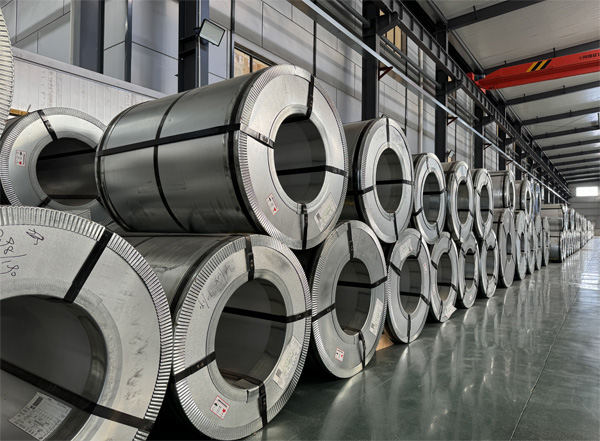In electrical power systems, transformers are essential for stepping up or stepping down voltage levels to ensure safe and efficient electricity transmission and distribution. At the center of every transformer lies a critical component — the transformer core .
Functioning as the magnetic circuit of the transformer, the core provides a path for magnetic flux generated by the alternating current flowing through the windings. Its design and material significantly impact the performance, efficiency, and reliability of the entire system.
The core helps reduce eddy current losses and hysteresis losses , which are common sources of inefficiency and overheating in transformers.
When an alternating current flows through the primary winding, it generates a time-varying magnetic field around the core. This magnetic field induces a voltage in the secondary winding through a process called electromagnetic induction , allowing energy to be transferred without direct electrical contact.
The core ensures that the magnetic flux is efficiently concentrated and guided through the windings, enhancing the coupling between them and improving overall performance.

Types of Transformer Cores
There are two main types of transformer cores , each with unique advantages:
Core-Type Transformer
Windings surround a considerable portion of the core.
Used commonly in high-voltage applications such as power transformers.
Easier to manufacture and maintain.
Shell-Type Transformer
The magnetic core surrounds a significant part of the windings.
Offers better mechanical support and protection.
Commonly used in low-voltage and small transformers like those found in electronics.
Additionally, depending on the shape, cores can also be categorized as:
E-I Core : Most common type, consisting of E-shaped and I-shaped laminations.
Toroidal Core : Ring-shaped, offering higher efficiency and lower electromagnetic interference (EMI).
Materials Used in Transformer Cores
The choice of core material significantly affects the performance and efficiency of a transformer. Common materials include:
Silicon Steel (Electrical Steel) : Most widely used due to its high permeability and low hysteresis loss.
Amorphous Metal : Offers ultra-low core losses, ideal for energy-efficient transformers.
Ferrite Cores : Used in high-frequency transformers such as switch-mode power supplies.
Iron Powder Cores : Utilized in inductors and chokes where air gaps are needed.
These materials are typically laminated to minimize eddy currents and improve thermal performance.
Key Performance Factors
Efficiency : High-quality cores reduce no-load losses and improve energy savings.
Thermal Stability : Proper lamination and cooling help prevent overheating and prolong lifespan.
Noise Reduction : Advanced core designs minimize audible humming (magnetostriction).
Environmental Impact : Energy-efficient cores contribute to green initiatives and lower carbon emissions.
While often hidden inside the transformer casing, the transformer core is undeniably one of the most critical components in any electrical power system. From neighborhood substations to industrial facilities, its role in enabling efficient energy transfer cannot be overstated.
As global demand for reliable and sustainable power grows, advancements in core materials and design will continue to drive improvements in transformer technology — making smarter and greener energy systems possible.
Whether you're designing a new power infrastructure or maintaining existing equipment, understanding the importance of the transformer core is key to achieving optimal performance and long-term reliability.
 +86-523 8891 6699
+86-523 8891 6699  +86-523 8891 8266
+86-523 8891 8266  info@tl-core.com
info@tl-core.com  No.1, Third Industrial Park, Liangxu Street, Taizhou City, Jiangsu, China
No.1, Third Industrial Park, Liangxu Street, Taizhou City, Jiangsu, China 

 English
English Español
Español Türk
Türk 中文简体
中文简体